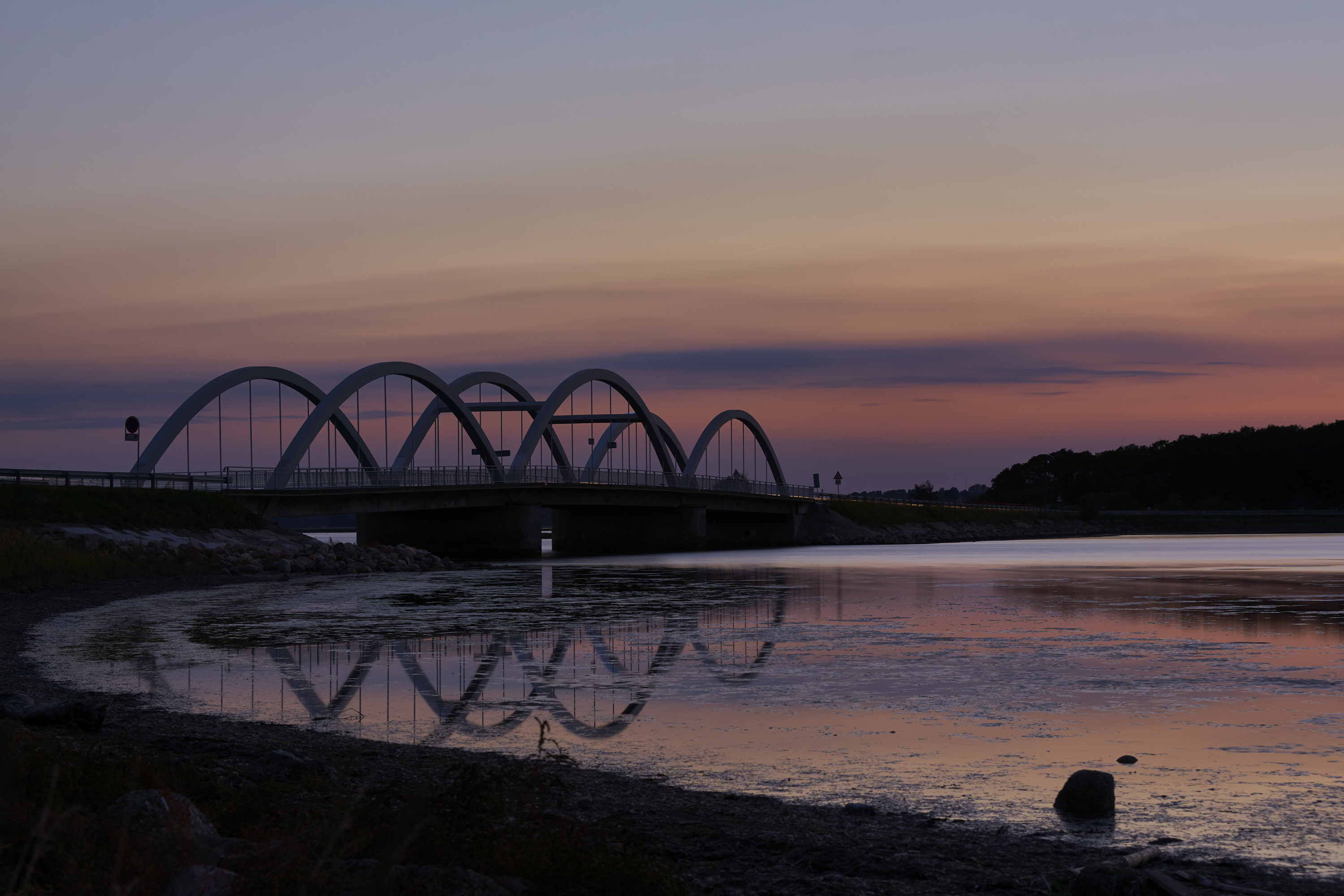Generally long exposure photography is considered anything more than a few seconds long. This means that the shutter inside your camera is opened for five, ten or even 30 seconds or longer. This technique can add an air of mystery to your images because it captures something that the human eye cannot see.
Some of the reasons to do a long exposure have to do with adding blur or movement such as: waterfalls, car light trails, star trails, etc. Or you may just require the shutter to be opened a long time in order to get the proper exposure in a darkened environment like at night. Alternately, using a neutral density filter in daylight can lead to some interesting long exposure effects. Google "long exposure photography" for ideas.
Please consider adding the exposure information when posting your entry so we can all learn from your efforts.
Monthly Photo Challenge Rules
◦ Winner of the previous month's challenge picks new theme and starts thread.
◦ You must be the photographer.
◦ One entry per month.
◦ Try and make the image a recent one.
◦ Competition runs until the 19th of the Month.
◦ Voting runs from the 20th - 26th.
◦ Voting is open to all forum members so please vote, the more voters the merrier.
◦ When voting, please clearly indicate - Voting for Post #...
◦ The person with the most votes is the winner.
Some of the reasons to do a long exposure have to do with adding blur or movement such as: waterfalls, car light trails, star trails, etc. Or you may just require the shutter to be opened a long time in order to get the proper exposure in a darkened environment like at night. Alternately, using a neutral density filter in daylight can lead to some interesting long exposure effects. Google "long exposure photography" for ideas.
Please consider adding the exposure information when posting your entry so we can all learn from your efforts.
Monthly Photo Challenge Rules
◦ Winner of the previous month's challenge picks new theme and starts thread.
◦ You must be the photographer.
◦ One entry per month.
◦ Try and make the image a recent one.
◦ Competition runs until the 19th of the Month.
◦ Voting runs from the 20th - 26th.
◦ Voting is open to all forum members so please vote, the more voters the merrier.
◦ When voting, please clearly indicate - Voting for Post #...
◦ The person with the most votes is the winner.






